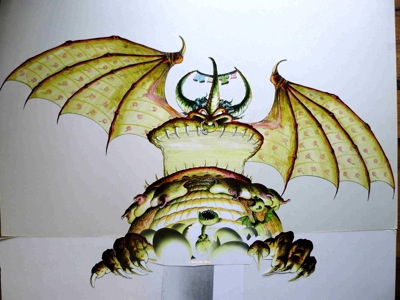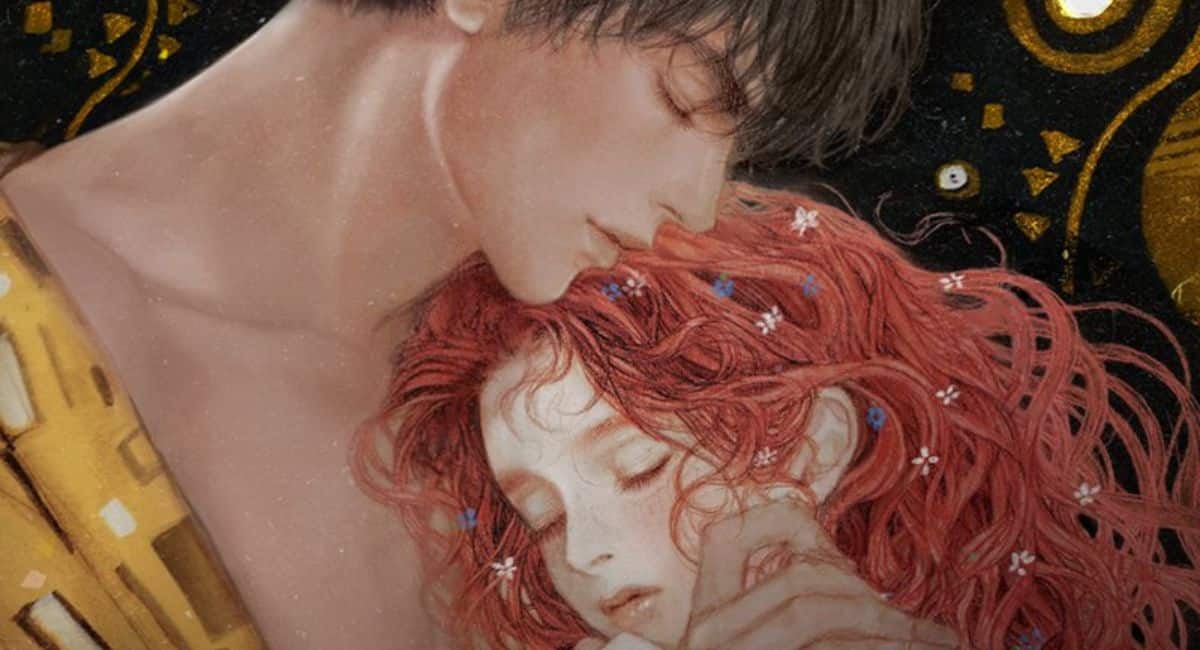§ So Holly Gilliam has been going through her father Terry’s archives and is posting what she finds on Discovering Dad. I guess this internet thingie is okay after all. (That said, she might want to learn about that white balance setting.)
§ This report on the SDCC panel Are Digital Comics Expanding the Market? is opinionated and viewed through the writer’s own publishing plans—Patrick Killik has decided to publish his own books digitally—but it also had a solid report on the panel which featured Ted Adams, Mike Richardson, Rob Salkowitz and comiXology’s David Steinberger and John Roberts:
The panel agreed that motion comics have failed to add anything to the comics experience. Ted Adams said he still hasn’t seen a motion comic he’s liked. They’re expensive to produce, and still wind up looking like bad animation. Adams said in the end no narrator can read you a comic as well as or better than you can read it yourself. The panel touched on how motion comics have turned the active, stimulating experience of reading a comic into a passive activity. My feeling is that motion comics alter the experience to a point where it’s a completely different medium. Motion comics are not comic books. The same idea was best described by Alan Moore in his book on comic writing when he talked about what makes comics a unique art form, differentiated from movies and novels. In comics, Moore points out that the creators get to provide detailed visual imagery to the reader (which prose does not) without dictating the speed at which the reader consumes it (as movies do). Existing motion comics aren’t comics under Moore’s definition. They’re just expensive crappy animated movies.
§ JK Parkin catches up with editor Jody LeHeup, who was laid off from Marvel but is now working at Valiant:
The first and biggest reason was that when Valiant approached me for the job, they made it very clear that they were serious about their commitment to quality. As an editor, a storyteller and a writer, that is without question the most important thing to me. After talking at length with the guys, I knew that editorial would have the support it needed in order to put out some of the best comics on the stands, and it was music to my ears. Beyond talking about it, their commitment was evident in the work itself and in the care they were taking with every aspect of the company’s revitalization. It was inspiring, and I really felt like I had found a home.
§ Do you recall that Comic-Con business a few weeks ago? It seems that many things happened. Like, Simpsons creator Matt Groening was presented with the Comic-Con Icon Award, which was previously given to “individuals or organizations who have been instrumental in bringing comics and/or the popular arts to a wider audience.” Previous winners include Frank Miller (2006), Neil Gaiman (2007), George Lucas (2008), Stan Lee (2009), Ray Bradbury (2010), and June Foray (2011). We seem to recall previous winners also being feted at the Spike Awards but it looks like that isn’t happening now…perhaps for the best.
§ Here’s an odd little ’90s nostalgia story about a cartoon that was spotlighted on Seinfeld finally being run in the New Yorker 14 years later. It also includes New Yorker’s Bob Mankoff explaining more about the unexplainable quality that makes a New Yorker cartoon.
§ Indian celebrities are also launching their own comics lines. Why let Thomas Jane and Gene Simmons have all the fun? Bollywood star Uday Chopra is launching a label called “Yomics,” which is probably the greatest comics line name ever, even if it will come at the end of the Diamond catalog. The first titles include "Dhoom", "Ek Tha Tiger", "Hum Tum" and a new character-based comic called Daya Prochu. Call us crazy, but a Yomic called Hum Tum could be just what the doctor ordered.





